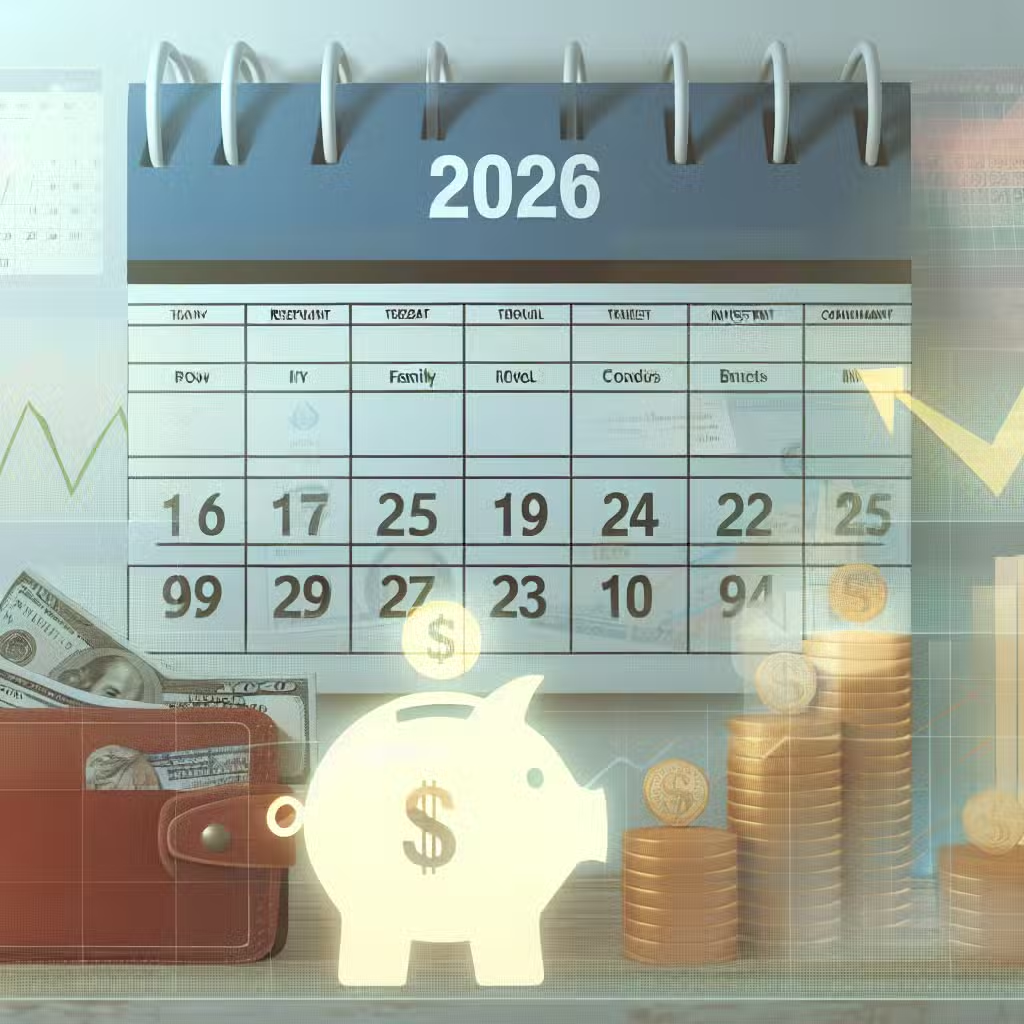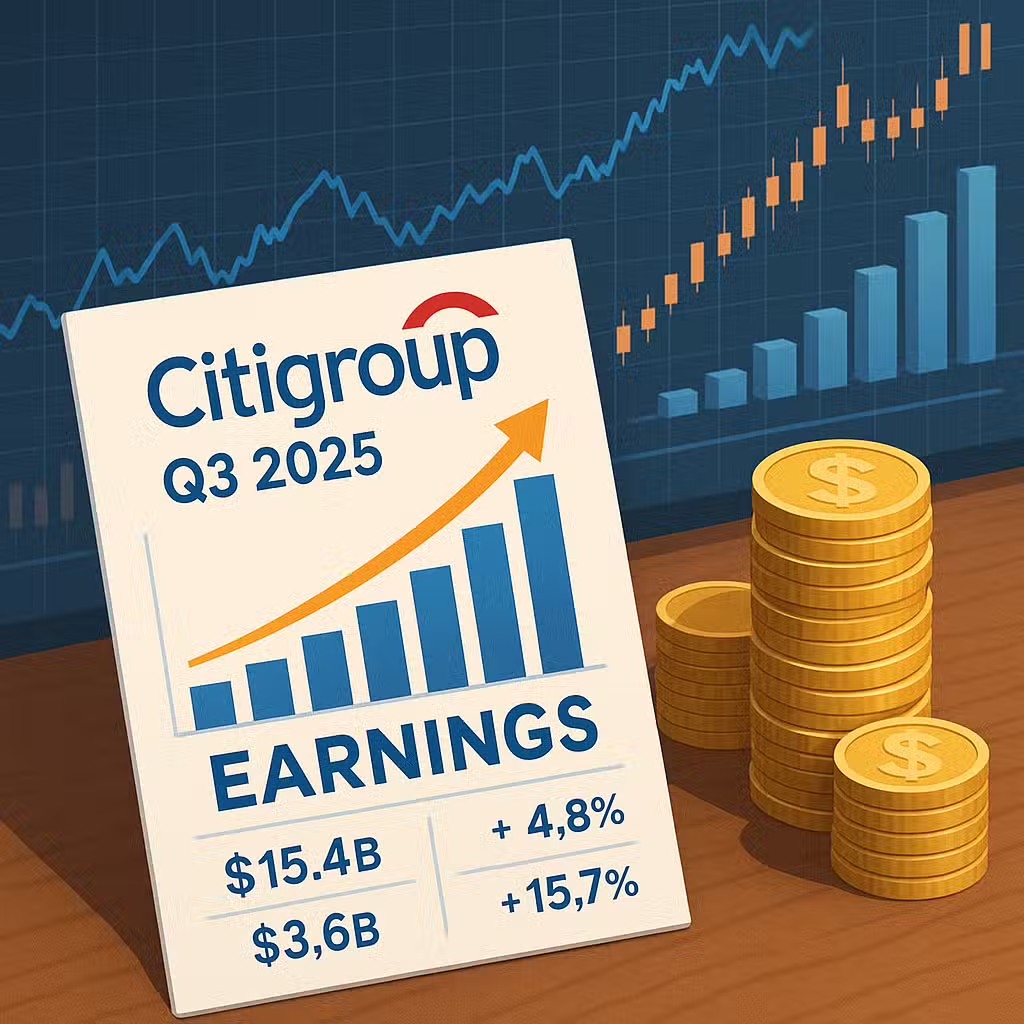Upcoming 2026 IRS Tax Changes Could Impact Family Refunds and Credits for Investors
Imagine getting a bigger allowance from your parents, but also having to share more of it with your siblings. That’s kind of what happens when the IRS changes tax rules—everyone’s money can be affected, for better or worse. This matters for investors because these changes shape how much people spend, save, and invest each year.
What’s New: IRS Tax Changes for 2026
The IRS just announced new tax rules for 2026. These updates could change how much you and your family pay in taxes or get back in refunds. Important credits like the child tax credit and earned income tax credit are going up. The adoption credit and gift tax rules are changing too. Even the income tax brackets are getting adjusted.
For investors, these changes can impact family spending, savings rates, and even which sectors do well in the stock market. For example, more money in families’ pockets could mean more spending at stores or more investments in the market.
Bull Case: Reasons to Cheer
- Higher child tax credit: Parents can now claim up to $2,200 per child for 2025 and 2026, up from $2,000. This means families could have more money to spend or invest.
- Bigger earned income tax credit (EITC): For families with three or more kids, the EITC jumps to $8,231 in 2026. Even those with no kids see a small bump.
- Adoption credit rises: Families adopting a child can claim up to $17,670 for expenses in 2026, which is helpful for those planning to grow their families.
- Gift tax exclusion stays high: You can give up to $19,000 per person in 2026 without paying gift tax, great for wealth transfers and estate planning.
- More money for families: Since over 61 million children benefit from the child tax credit in the U.S., this change could mean billions more in family budgets (CBPP).
Bear Case: Reasons to Pause
- Income limits still matter: If you make too much, you won’t qualify for these credits. For example, married couples with three kids lose the EITC after $70,224 in income.
- Refundable amounts don’t always rise: The part of the child tax credit that’s refundable (what you can get as a refund if you owe no taxes) is still $1,700, so not all families get the full benefit.
- Investment income cap: If you earn more than $12,200 from investments, you can’t claim the EITC. This could be a hurdle for some savers or retirees.
- Uncertainty from government shutdowns: The IRS just announced it may furlough nearly half its workers, which could slow down refunds or service for everyone.
Historical Context: How These Changes Stack Up
Tax credits like these have a real impact on the economy. After the child tax credit was temporarily expanded in 2021, child poverty in the U.S. dropped by nearly 30% (U.S. Census Bureau). When credits go up, families often spend more or have less financial stress, which can boost retail and service sectors.
For investors, more generous tax credits mean more consumer spending, which is good for companies selling goods and services. But if these credits phase out or shrink in the future, spending could fall back down.
Investor Takeaway
- Review your tax plan: Check if you or your family will benefit from higher credits in 2026, and adjust your savings or spending plans.
- Watch consumer stocks: More money in family budgets could boost companies in retail, travel, and entertainment.
- Plan for gift giving: The $19,000 gift tax exclusion helps with estate planning and wealth transfers—talk to your advisor if this matters to you.
- Monitor income thresholds: If you’re near the phase-out levels for credits, think about how extra income (like investments) could affect your taxes.
- Stay alert for IRS updates: Government shutdowns or policy shifts could change how quickly refunds arrive or new credits roll out.
For the full original report, see CNBC







